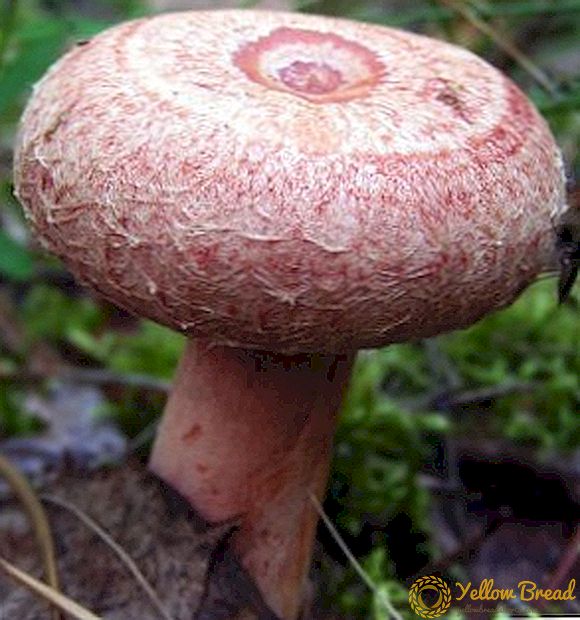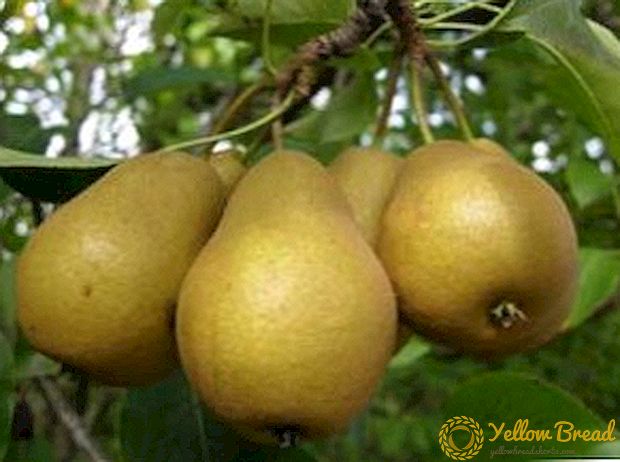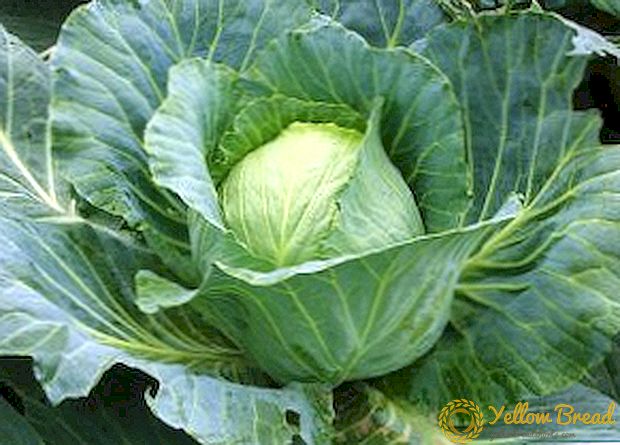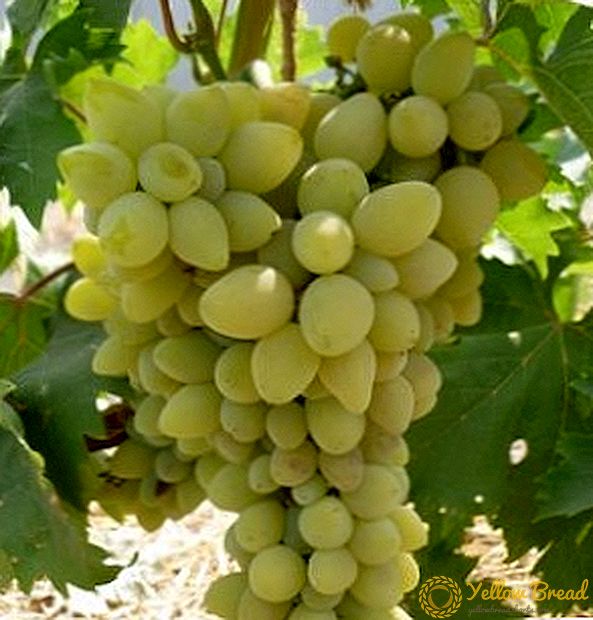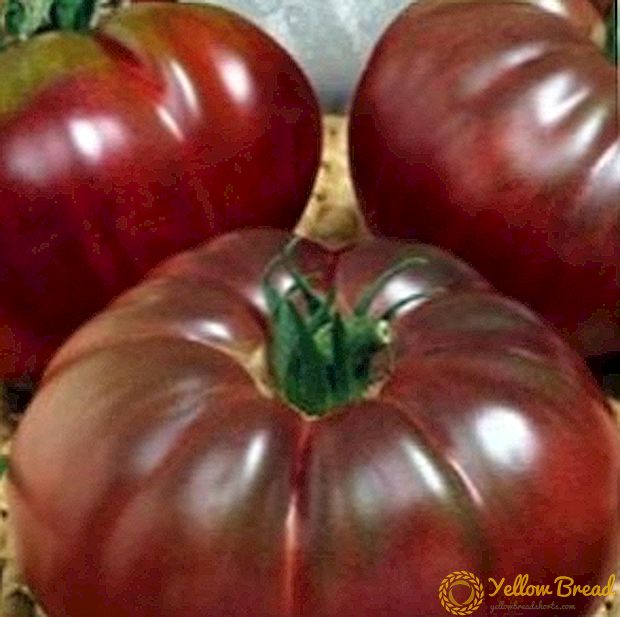 Cacti are unpretentious plants that love bright light and do not tolerate waterlogging. The existing varieties of cacti intended for growing at home may surprise even the most fastidious grower.
Cacti are unpretentious plants that love bright light and do not tolerate waterlogging. The existing varieties of cacti intended for growing at home may surprise even the most fastidious grower.
- Aporokaktus lumpy (Aporocactus flagelliformis)
- Astrophytum
- Astrophytum asterias astrophytum
- Capricorn Astrophytum (Astrophytum capricorne)
- Spotted astrophytum (Astrophytum myriostigma)
- Astrophytum decorated (Astrophytum ornatum)
- Peruvian Cereus (Cereus peruvianus)
- Chameecereus silvestrii
- Strauss Cleistocactus (Cleistocactus strausii)
- Echinocereus crest (Echinocereus pectinatus)
- Mammillaria Bokasskaya (Mammillaria bocasana)
- Ottocactus Otto (Notocactus ottonis)
- Prickly pear small-haired (Opuntia microdasys)
- Rebutia tiny (Rebutia minuscula)
- Trichocereus whitening (Trichocereus candicans)
Aporokaktus lumpy (Aporocactus flagelliformis)
Homeland of this type of cactus is Mexico. In nature, it grows in mountainous areas on trees or between rocks.
The stems of this species are strongly branched and reach a length of 1 m. At first they grow up, and then hang down, forming lashes in diameter up to 1.5 cm.The young stems of aporocactus are bright green with reddish spines, and the old ones are gray-green with brown spines. Spines placed very tightly. 
This type of cactus is characterized by spring flowering on two-year-old shoots. The shape of flowers tubular up to 10 cm long, is red or pink. Flowering is not long 3-4 days, usually occurs in March-April. Flowers have a feature to open during the day and close at night. After flowering, a fruit appears in the form of a red berry with bristles.
In summer, the plant grows better in partial shade in the fresh air, and in winter - in a bright room with a temperature of 13-18 degrees. In the spring it is fed with fertilizer for cacti, in the summer feeding is stopped.
Reproduced apococactus seeds or cuttings, is also used for grafting on upright cacti. It is better to transfer in February. Its need may arise if the plant does not fit in this pot. For transplantation using soil for cacti, pH 4.5-5. Like all cacti, the plant is afraid of waterlogging, because it can lead to fungal diseases. Of the pests can be affected by the shield.
Astrophytum
Slow-growing cactus plants that are star-shaped when viewed from above. Homeland plants is Mexico and southern America.
They have a spherical or cylindrical shape with a few ribs and white specks on the surface of the stem. Spines different depending on the species.
Astrophytums bloom at an early age with large yellow flowers. Flowers are located on the top of the plant and persist for 2-3 days.
After flowering, the fruit appears in the form of an oval green box with brown seeds. After maturation, the box is revealed in the form of a star. There are several types of astrophytum.
Astrophytum asterias astrophytum
It has a spherical shape, flattened on top. The diameter of the stem is 8-10 cm, and its height is 6-8 cm. There are weakly expressed 6-8 ribs on the stem. A characteristic feature of this type is the absence of needles. The stem color is gray-green with white dots. Flowers up to 3 cm long are yellow with an orange center, reach a diameter of 7 cm in diameter. Usually blooms at the beginning of summer. 
Capricorn Astrophytum (Astrophytum capricorne)
Astrophytum Capricorn at a young age has a spherical stem shape with few edges, in its mature form a cylindrical shape 10 cm in diameter and 20 cm tall. The surface of the stem is covered with silver dots. On the edges are powerful curved spines up to 5 cm long. Yellow flowers with an orange center and a length of 6-7 cm appear on the top of the cactus. 
Spotted astrophytum (Astrophytum myriostigma)
This species is characterized by the absence of spines and gray-green speckled trunk. The shape of the plant is spherical, turning into cylindrical with age, mainly with five ribs. Daytime flowers, yellow, reach a length of 4-6 cm. 
Astrophytum decorated (Astrophytum ornatum)
The spherical shape of the stem with age stretches to 30-35 cm in height. Its color is dark green, divided by 6-8 ribs. White and silver dots are placed in stripes.. Each halo has white pubescence and 5-10 straight yellow-brown spines up to 4 cm long. Flowers of pale yellow color of 7-9 cm long. 
Peruvian Cereus (Cereus peruvianus)
The plant in nature grows up to 7 m tall. The height of the trunk reaches up to 90 cm, in diameter up to 30 cm, everything else - its branches, which number 10-12 pieces.On the body of a cactus of this species there are mainly 6 ribs. Stems have a green-bluish color. Halos are rarely placed and have a small number of brown spines up to 1 cm long.
The Peruvian Cereus blooms with white night flowers that reach a length of 15 cm and a diameter of 10 cm. As a indoor plant, the rocky Peruvian Cereus is grown in large pots with a nutrient earthy mixture. In such conditions, growth is carried out quickly, which makes it possible to grow a large "rock". 
A potted plant can grow up to a meter tall, but with improper care and a lack of light, water and nutrients, the plant grows slowly. At home, this species never blooms.
Reproduction is carried out by rooting cuttings. For this species, this process is fast and has a positive result much more often than in other types of cacti.
The plant needs good lighting, abundant summer watering and regular feeding. Temperature range - not below 4 degrees.
Chameecereus silvestrii
It is also called the peanut cactus. In nature, chametsereus Silvestri grows on the mountain slopes of Argentina and is a short creeping plant. Light green stalks up to 2.5 cm in diameter reach lengths of up to 15 cm and have 8-10 small ribs. On the stems there are many side shoots that look like peanuts in size and break off easily. Halos are located close to each other along the ribs, of which thin needles of white or yellowish color, short to 0.2 cm, grow. There are no central spines. 
In spring and early summer, bloom for 2 days is observed with red funnel-shaped flowers. Flower size 4-5 cm long and 3-4 cm in diameter. The flower tube is covered with dark hairs and scales. After flowering, spherical drying fruits appear with black mat seeds.
Propagated by rooting cuttings. Affected by spider mite.
Strauss Cleistocactus (Cleistocactus strausii)
The Strauss cleistocactus has an erect stem of gray-green color with a diameter of 4-8 cm with 25 weakly pronounced ribs. Numerous lateral spines of white color up to 1.7 cm long cover the entire stem of a cactus. Each halo contains a bundle of spines (30 thin short and 4 thick, up to 4 cm long). The central spines are bright yellow. Due to such abundance of spines, the stem looks like covered with wool. 
Over time, young shoots appear at the base of the stem and form a group of upright stems. Closed flowers, numerous, up to 6 cm long, narrow tubular, red in color, placed on the side at the top of the stem. The flowering process begins at the end of the summer and lasts for a month. Plants less than 45 cm tall do not bloom.
Propagated by seeds and cuttings. In nature, it is found in the mountainous areas of Bolivia.
Echinocereus crest (Echinocereus pectinatus)
This species belongs to undersized plants and has a cylindrical stem up to 20 cm in height and 3-6 cm in diameter. There are 20-30 longitudinal ribs on the stem. On the crest are placed halos with short white hairs and prickles, pressed against the stem. 
Flowering occurs in April - June. Flowers in diameter of 6-8 cm pink keep for several days. The spherical fruit is covered with spines and when ripe ripens the smell of strawberries.
Mammillaria Bokasskaya (Mammillaria bocasana)
Cactus genus Mammillaria includes up to 200 species.Mexico, the USA, the northern part of South America is considered the birthplace of these species of cacti.
The genus unites cacti of small size, on the surface of which there are no ribs. Spirally arranged on the surface are cone-shaped papillae, from which small thin spines of light shade grow. 
Cacti bloom in small flowers in spring, forming a crown on the top of the stem. Mammillaria berries are the most decorative feature. Bright-colored fruits form garlands.
One of the species of this genus is Bokam's mammillaria. Its name comes from the mountain range of Mexico called Ciera Bocas, which is considered its homeland. A characteristic feature of the plant is the greenish-blue color of the stem with needles in the form of wool, on which are placed small cream-pink flowers.
Bright decorative originality of the form are long red fruits up to 5 cm. Fruit ripening takes place over half a year. If growing conditions are not very favorable, then the plant gives more children and fewer flowers. From this type of cacti derived several varieties that have their own individuality.
Mammillaria bocasana species:
- var. Multilanata - has dense needles in the form of hairs of intensive coloring;
- Lotta Haage - has dark pink flowers;
- Fred - has no spines;
- Tania - has nipples of three colors.
Ottocactus Otto (Notocactus ottonis)
Ottocactus Otto belongs to miniature cacti with stem diameter up to 10 cm. The stem has a spherical shape and bright green color, on it spirally located ribs in the amount of 8-12 pieces. Halos are located at a distance of 1 cm. Radial spines 10-18, and central - 3-4 lengths up to 2.5 cm. The spines are hard, red-brown in color, curved. 
It blooms in spring in large up to 7.5 cm in diameter with bright yellow flowers, inside of which a dark red pistil stands out. This species has many varieties that differ in shades and size of colors, the shape of ribs and the color of the spines.
The main varieties of Ottocactus Otto:
- Albispinus - has white spines;
- Vencluianus - has red flowers.
Prickly pear small-haired (Opuntia microdasys)
Homelands of plants are the valleys of central Mexico. In nature, small-haired prickly pear is a shrub plant up to 1 m high.
It consists of fleshy parts of an egg-shaped form, 5–15 cm long and 4–12 cm wide. The surface is green and covered with a large number of halos. At the same time there are no spines, but yellow glochidia grow from a halo. They are mini-hairs 2-3 mm long, easily separated from the stem and cause itchy skin, stuck in it. Despite this, the cactus belongs to the popular home plants. 
Flowering plant in adulthood, reaching large sizes. Very rarely blooms in the apartment. To achieve flowering, it is necessary to grow prickly pears in wide containers and keep the plant in the open air throughout the growing season without moving the pot. Dry wintering also affects fruitful flowering. Flowering occurs in the middle of summer.
On one part there can be up to 10 flowers of lemon-yellow color in a diameter of 3-5 cm. After flowering, juicy lilac-red fruits appear. The plant can withstand small frosts, but the winter content should be within 3-10 degrees.
Opuntia microdasys has the following varieties:
- var. albispina Fobe - has a smaller size - 30-50 cm in height, white glochidia and parts of a plant of smaller size (3-5 cm long and 2-4 cm wide);
- var.rufida (Engelm.) K. Schum - has a red-brown color of glochidia.
Rebutia tiny (Rebutia minuscula)
The homeland of this plant is South America. The tiny rebution belongs to miniature plants and has a spherical shape in diameter up to 5 cm. Haloes are spirally arranged spirally around the stem. The central spines are straight, of a light shade, not more than five. There are a lot of radial spines, and they are softer than the central ones. 
Flowering plant comes the second year after planting in early spring. Flowers of red color and size can reach up to 6.5 cm in diameter. After flowering, fruits are formed oval light green color. After ripening, the fruits become red berries and burst, scattering numerous seeds.
Although the plant belongs to the light-loving, it does not tolerate direct sunlight. It also does not tolerate dusty rooms, and therefore needs to be sprayed daily. Propagation is possible by seeds or division of the bush.
Trichocereus whitening (Trichocereus candicans)
Argentina is the birthplace of Trichocereus. Vertically growing columnar plant with a stem height of 75 cm and a diameter of 8-12 cm. It grows, lifting the tip.The stem has a yellow-green color and 9-11 ribs. They contain large white halos with 10-12 spines up to 4 cm long and four central spines up to 8 cm long. Straw-colored spines. The flowers are white funnel-shaped plants up to 20 cm long, open at night and have a strong smell. 

